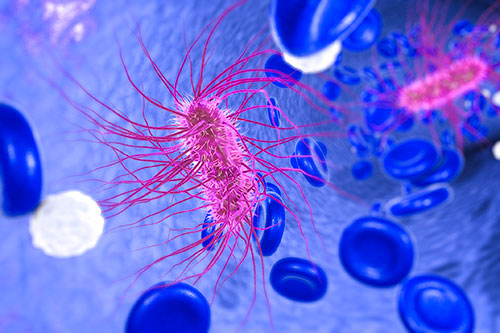The discovery of Escherichia coli in 1885 has been followed by a vast collection of studies on the bacteria due to its ability to maintain in laboratories making it suitable for research. This made it possible for scientists to eventually discover how to produce insulin by way of its biochemical processes. Given the vast information discovered about E. coli, such as how its genes function together, how inserted DNA can alter its genetic functions, and teaming with scientists to better capture its behaviors and how removing genes may alter its growth, Michael Ellison seeks to model its genetic makeup virtually. The creation of the International Escherichia Coli Alliance in 2002 enabled for numerous laboratories to work on the same project. As stated by Carl Zimmer in New York Times, Building a Virtual Microbe, Gene by Gene by Gene, the bacterium is estimated to encase millions of biological molecules. Being able to synthesize various strains of E. coli with a distinct difference in its genome, a different gene is removed in each strain, can improve understanding a gene's role in carrying out functions, as was mentioned in the article. By gathering the information gained from working with scientists across the world on these strains increases the database that could be utilized by Dr. Ellison and his colleagues construct a virtual microbe.
The plan for Project Gemini is to track each individual molecule within the E. coli and has begun with a membrane that resembles how a molecule would behave in real life. To eventually get to a point where not only with sufficient data can a biochemically accurate microbe be reconstructed, but to adapt the program to visualize human cells could accelerate research in drugs and improve our understanding of illnesses. The comments by Dr. Ellison involving the need for an advancement in computers and simply the complexity of E. coli being difficult to simulate on existing programs makes me doubt a fully constructed and functioning model would be ready within the next decade. But I do agree that the use of technology to emulate cellular functions would be of great benefit to researchers as live samples in controlled settings can still be contaminated, interrupting procedures.

No comments:
Post a Comment